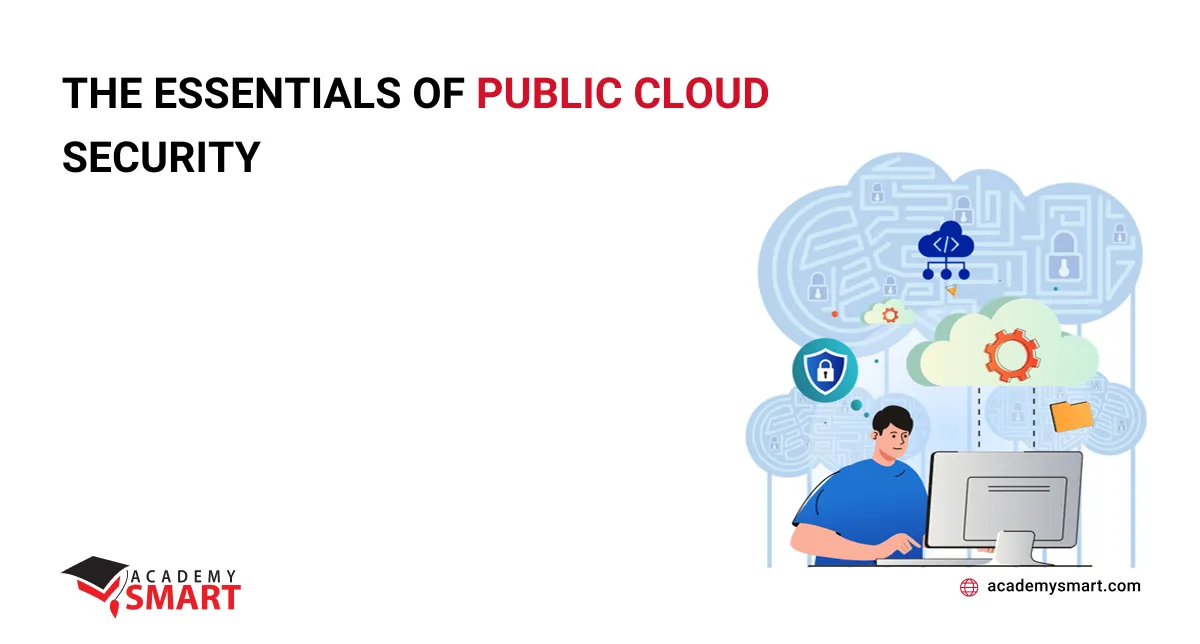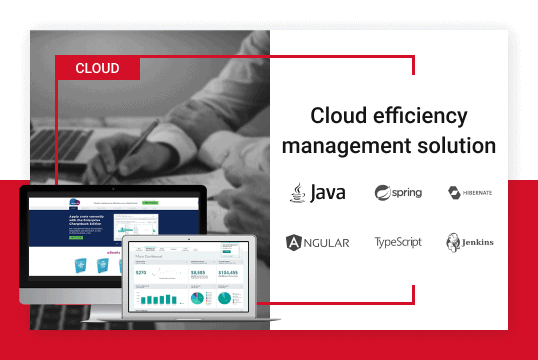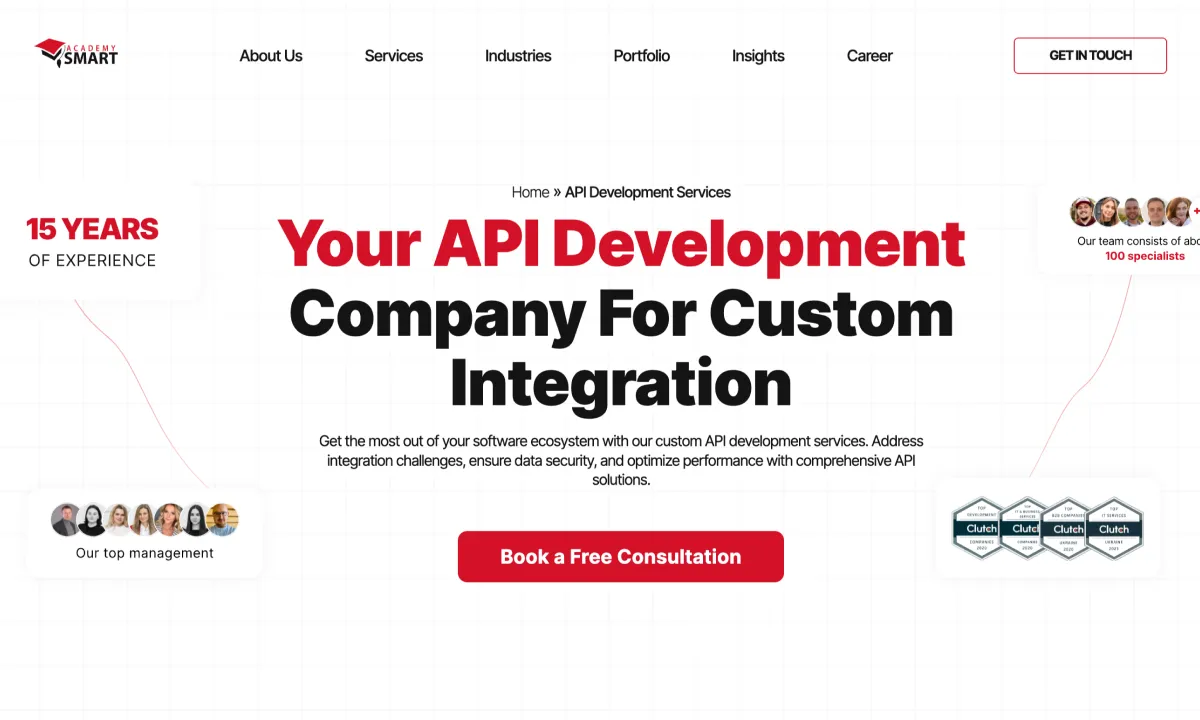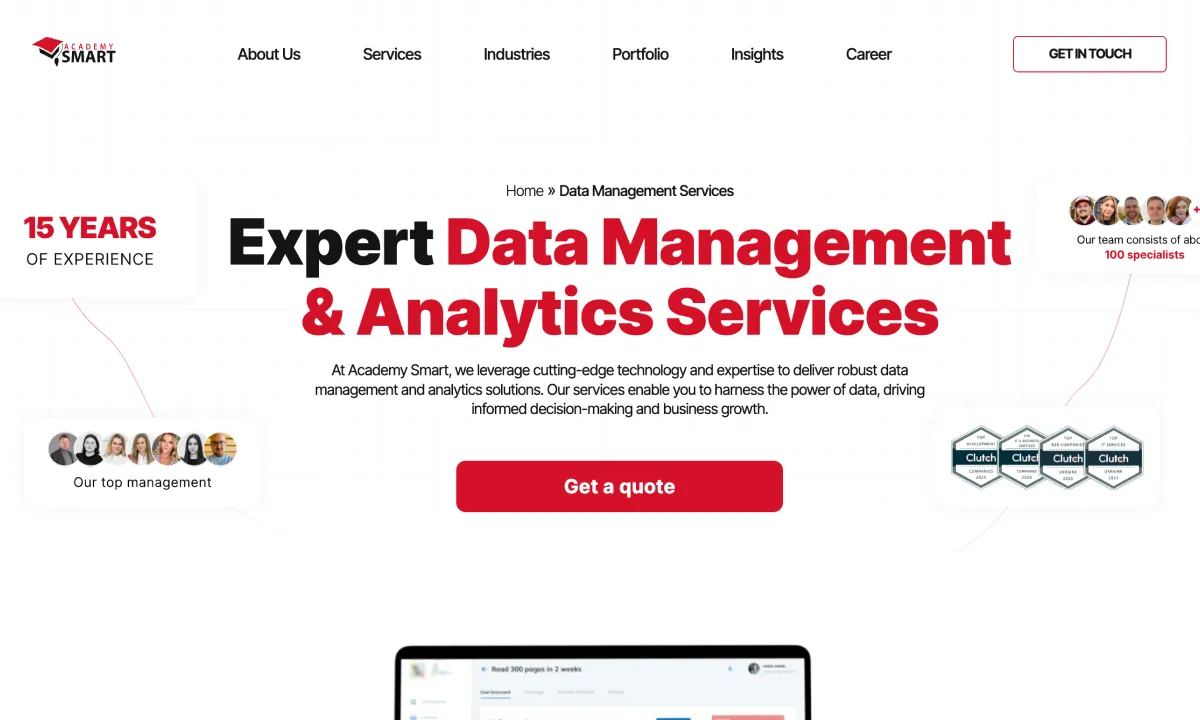
The Essentials of Public Cloud Security
Contents
The widespread adoption of public cloud solutions has reshaped how enterprises manage IT systems. The scalability and flexibility offered by AWS, Azure, and Google Cloud providers have made these models integral to contemporary operations. However, this shift brings forth a crucial concern: protecting sensitive data. This article is about the intricacies of public and hybrid cloud security, exploring the shared responsibility model and essential strategies to fortify data safety.
Public and Hybrid Cloud Security Challenges
The inherent challenge in cloud security stems from the fundamental nature of cloud services as third-party IT infrastructure, distinct from the on-premise solutions possessed entirely by the client.
Traditional on-premise setups provide high security through complete ownership, where companies directly control their infrastructure. Cloud solutions, however, introduce a paradigm shift. They generally fall into two categories: private and public clouds. While leveraging the benefits of cloud technology, private clouds maintain a dedicated infrastructure for a single organization, mimicking the controlled environment of on-premise solutions. On the other hand, public clouds, exemplified by platforms like AWS, Azure, and GCP, operate on shared infrastructures, introducing the complexity of the shared responsibility model.
This division into private and public clouds generates distinct challenges. Private clouds, while offering a semblance of ownership, still rely on external online infrastructure, requiring meticulous attention to data security. In their shared nature, public clouds necessitate a collaborative effort between the cloud service provider and the enterprise to ensure robust security.
Hybrid clouds combine private and public cloud elements, further compounding the intricacies. The seamless integration of these disparate environments demands a nuanced approach to security that accounts for the unique characteristics.
The overall challenges tied to public and hybrid cloud security are convoluted and multifaceted:
- Shared responsibility model
One of the distinctive aspects of both is the shared responsibility. Here, cloud service providers manage the security of the cloud infrastructure, while customers are responsible for securing their data within the cloud. - Potential vulnerabilities
This shared responsibility introduces its own set of challenges. First and foremost, the dynamic nature of cloud environments makes it challenging to track and control data access effectively. Misconfigurations, a common source of vulnerabilities, can inadvertently expose sensitive information. Additionally, the vast interconnectivity in public clouds poses a risk, as a security breach in one area could impact the entire shared infrastructure. - Data privacy and compliance
Furthermore, guiding data privacy regulations and ensuring compliance becomes more intricate in the cloud. Different regions and industries have varying compliance requirements, and the global nature of public cloud services necessitates a meticulous approach to ensure data sovereignty and adherence to applicable regulations. - Identity and access management
It presents another layer of complexity. As user access spans multiple environments and services, effective IAM becomes crucial to prevent unauthorized access and ensure that only authenticated users can interact with sensitive data.
To overcome these problems with public or hybrid cloud security risks, you need deep expertise in cloud software engineering, which the Academy Smart team may provide.
Common Security Threats in the Public Cloud
While offering scalability and efficiency, public cloud environments are not immune to security threats. Understanding and mitigating these risks is essential for businesses leveraging cloud services. Typically, vulnerabilities come from the online nature of cloud services, unauthorized access, data breaches, or malware attacks.
- Unauthorized access occurs when individuals or entities gain entry to cloud resources without proper permissions. The shared nature of public clouds makes it imperative to manage user access meticulously. Inadequate access controls could result in unauthorized users infiltrating the cloud infrastructure.
- Data breaches concern unauthorized access to confidential information, leading to its disclosure or theft. In a public cloud, if access controls are poorly configured, a malicious actor could gain unauthorized entry to a shared environment, compromising sensitive data.
- Malware attacks involve the deployment of dangerous software to disrupt or damage systems. Public clouds, with their extensive connectivity to the Web, are susceptible to spreading malware. A compromised instance could be a vector for circulating malware across the shared infrastructure.
Several examples of public cloud damage can illustrate the severity of potential threats.
In 2017, the WannaCry ransomware exploited vulnerabilities in Windows systems, affecting networks globally. While the primary attack targeted on-premise systems, the incident demonstrated the dependency on cloud security from the network state. If public cloud services’ security measures weren’t set up, then vulnerabilities in the network indirectly impacted cloud resources. This example underscores the importance of a holistic approach to network security vs cloud security.
In 2019, A misconfigured web application firewall in a public cloud of Capital One allowed an unauthorized user to access sensitive data. Personal information of over 100 million customers was exposed, highlighting the critical importance of robust access controls.
In 2020, individuals with unauthorized access leveraged poorly secured credentials to deploy cryptocurrency mining software on Tesla’s public cloud instances. This incident resulted in non-legal resource usage, raising concerns about the broader implications of insecure cloud configurations.
Learning from real-world examples is crucial for businesses to strengthen their public cloud security posture.
How to Prevent Public & Hybrid Cloud Security Issues
Integral to a comprehensive cloud adoption strategy, the following security measures are key pillars, ensuring a resilient and secure foundation for enterprises implementing public and hybrid cloud environments.
- Vendor security assessment
Assess the security measures of your cloud service providers, ensuring they align with your company’s standards. Clearly define security responsibilities and expectations in contractual agreements with cloud service suppliers. - Data classification and lifecycle management
Classify and label sensitive data to apply appropriate security measures. Implement data lifecycle management practices to control data from creation to deletion. - Encryption throughout
Employ encryption for data in transit and at rest to safeguard against interception and unauthorized access. Implement robust critical management practices to ensure secure encryption key storage and distribution. - Robust access controls
Utilize multi-factor authentication to enhance user verification. Assign minimum necessary permissions to users and regularly review and adjust access levels. - Incident response simulation
Conduct periodic incident response simulations to ensure readiness during a security incident. Review and enhance incident response procedures based on lessons learned from simulations. - Continuous monitoring
Utilize continuous monitoring tools to detect and respond to suspicious activities promptly. Develop and regularly test an incident response plan to ensure a swift and effective response to security danger. - Regular security audits
Accomplish periodic security audits to specify and address vulnerabilities. Leverage automated security tools to monitor and assess the health of your cloud environment continuously. - Update and patch management
Regularly modernize and patch all procedures and software to address known susceptibilities. Utilize automation tools to streamline the update and patch management process. - Hybrid cloud security integration
Integrate unified security policies across private and public cloud environments to maintain consistency. Use centralized management tools to streamline security configurations in hybrid cloud setups. - Regular employee training
Conduct training sessions to educate workers on security best practices and potential threats. Emphasize the importance of identifying and avoiding phishing attempts to prevent unauthorized access.
Implementing these best practices will contribute to a comprehensive and proactive approach to preventing security issues in public and hybrid cloud environments. Regularly reassess and adjust these measures to align with evolving security threats and organizational needs.

Management application for public and hybrid cloud we delivered
How can Academy Smart Assist Your Public Cloud Security
Leveraging extensive custom software development experience, Academy Smart crafts secured cloud solutions tailored to your specific business needs, addressing the unique challenges of your cloud environment. With a deep understanding of cloud migration delicacies, our team facilitates a smooth transition to the public or hybrid cloud, implementing robust security measures to safeguard your data and applications during transfer.
Our outstaffing IT agency provides skilled professionals who seamlessly integrate into your team, augmenting your capabilities in managing and enhancing the security of your public cloud. Contact us for a safe and resilient foundation for your online business with our assistance.
Frequently Asked Questions: Public Data Cloud Security
What are examples of a public cloud?
Well-known examples of public clouds include industry-leading providers such as Amazon Web Services, Google Cloud Platform, and Microsoft Azure.
Is the private cloud more secure than the public cloud?
While a private cloud offers more direct control over infrastructure, the security of a public cloud depends on effective management, and both can be equally secure with proper measures in place.
Book a free consultation

Reach out to start talking today!











